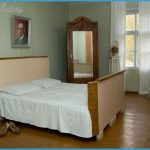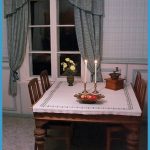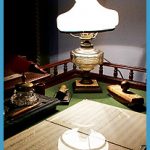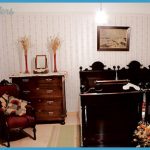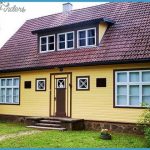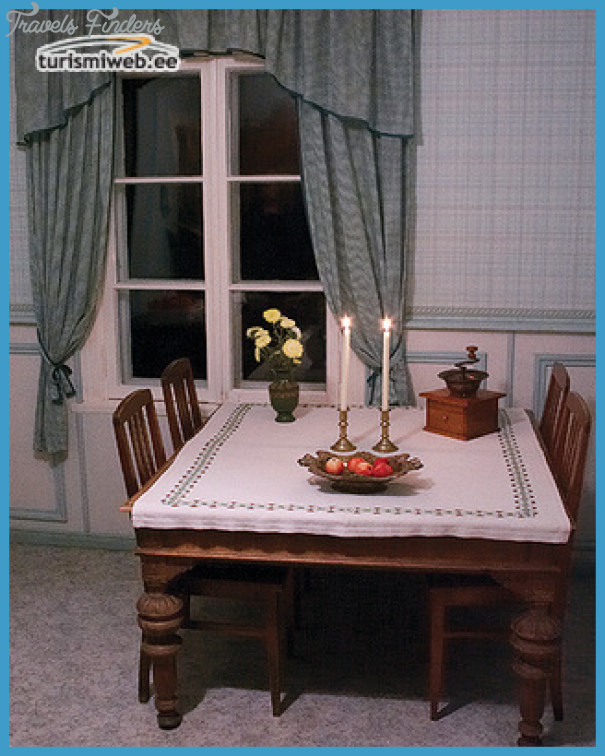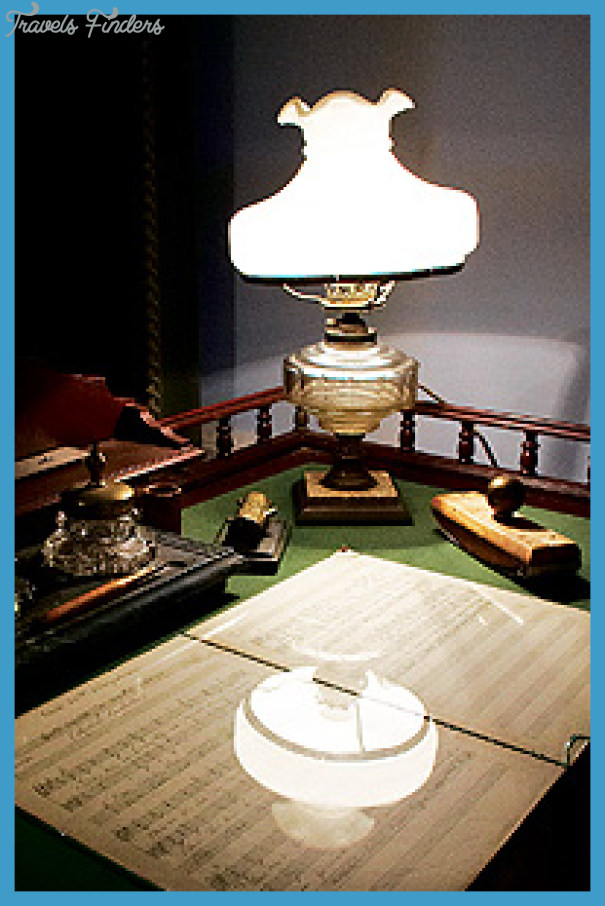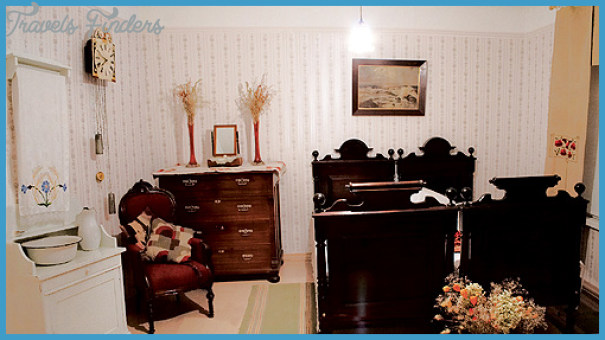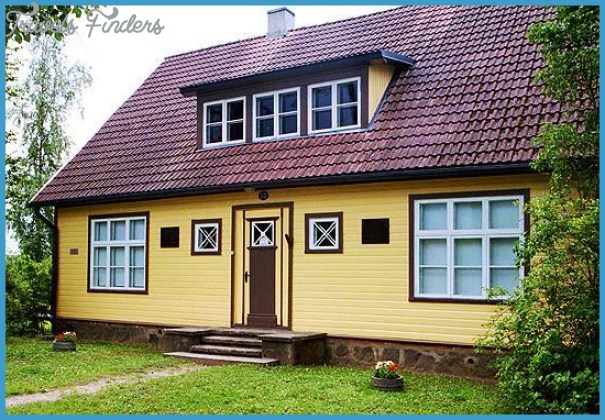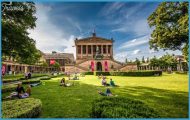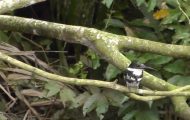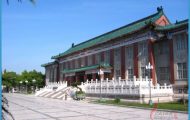Heliloojate Kappide Majamuuseum
Suure-Jaani is a village, largely of wooden buildings, in central Estonia, about 150 km south of Tallinn, a short way off the main southerly road to Viljandi and about 100 km west of Tartu. The Kapp family, leading figures in Estonian musical life for close on a century, originated there. In the centre of the village, close to the parish church (where most of the Kapps are buried in a family plot), is Rights were not granted to include these illustrations in electronic media. Please refer to print publication The Kapp family house at Suure-Jaani the house where Artur Kapp was born, now the church school; the museum is the former family house on the north extreme of Suure-Jaani.
The first recorded Kapp musician was Joosep (1833-94), parish organist. He had two musician sons, Hans (1870-1938), an organist, and Artur (1878-1952). Each brother had a composer son: Hans’s was Villem (1913-64), Artur’s was Eugen (1908-96). The house that is now the museum was originally lived in by Hans.
Heliloojate Kappide Majamuuseum Photo Gallery
A single-storey house with an attic, it consists of just four rooms. At the front is a re-creation of the family sitting-room, with the upright piano that belonged to Hans Kapp, family furniture and portraits of family members, and a writing-desk with a display of a Villem Kapp manuscript; there is also a furnished bedroom. The main display however is in the large rear room, with a collage of facsimile photographs, documents, programmes and the like devoted to each of the composers, and also a showcase with editions, recordings, awards and some personal effects – these include Artur’s glasses and pipes and a programme, score and libretto of his oratorio Hiiob (‘Job’), and a score of Villem’s crusade opera Lembitu. The fourth room is a music room, for small recitals – Eugen’s miniature grand piano is there, and seating for 15; the original kitchen serves as green room.
Of the Kapps, Artur, who studied in St Petersburg with Rimsky-Korsakov and taught in Astrakhan, returning to Estonia in 1920 as conductor at the Estonian Theatre in Tallinn and later professor of composition at the conservatory, was the most prominent; composer of symphonies, concertos and chamber music, he was founder of the so-called Tallinn School and is regarded as the originator of Estonian art music. He used Estonian folk music in a suite as early as 1906. Eugen followed his father at the conservatory, wrote several operas and was chairman of the Estonian Composers Union and a deputy in the Estonian Supreme Soviet. Villem’s main contribution was in the field of choral music.
There is an annual three-day Kapp Festival in Suure-Jaani, in June, with chamber, choral and orchestral concerts in the house, the church and the school. The museum sells souvenirs, unique among them a Kapp opener for beer bottles.

